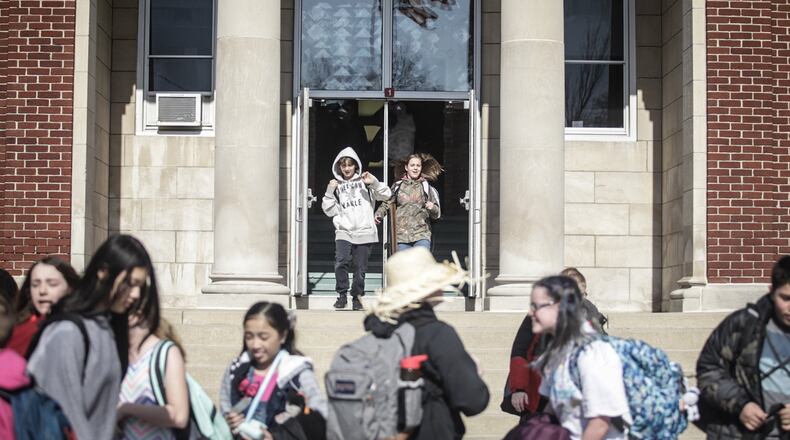More late-arriving ballots will be counted through Nov. 18, but the margin is more than 1,000 votes, making it very unlikely that the result could flip.
Troy schools were seeking a permanent 0.25% earned income tax increase, which would have applied to wages, but not to pensions, social security, workers comp or other revenue streams. A 0.25% increase would cost an extra $125 annually on a $50,000 income.
Piper pointed out that Troy schools have not had an increase in income tax or property tax rates since 2006. That’s a much longer wait than most medium to large local school districts.
If approved, the tax increase would have been used to fund daily school expenses, not new school buildings. In spring 2020, voters rejected a separate bond issue to build new schools in Troy.
The latest state data says the district spends $11,470 per student, about $200 below the median. Troy schools' most recent five-year forecast shows the district had 20% of a year’s expenses in the bank at the end of 2019-20.
Like all Ohio districts, Troy’s state funding was reduced 3.7% for both 2019-20 and 2020-21, and the district had increased technology and cleaning costs due to COVID-19. About $677,000 in federal CARES Act money offset a piece of those costs.
Piper said the levy, if passed, would have just maintained existing staffing and programs, rather than adding new features. The district has eliminated 15 positions via attrition, including 10 teachers, and all staff took a base pay freeze for 2020-21, with “step” raises still paid where applicable.
Piper said some cuts would be inevitable if the levy is rejected, but specifics are not yet clear. Potential cuts could include school staff, less busing, and creation of a pay-to-pay fee for sports and clubs, among other things.
“Bottom line, inflation raises the costs of all things over time. … That 14-year absence of new taxes and now facing state cuts, is why we have this ask,” Piper said. “We’ve created positions and programs to really support kids because that’s a need, but all of those things cost money.”
Troy’s social media outreach about the levy drew mixed community response, with some saying the schools need voters' financial support, and others saying the schools should cut back like many residents have had to do this year.
About the Author

